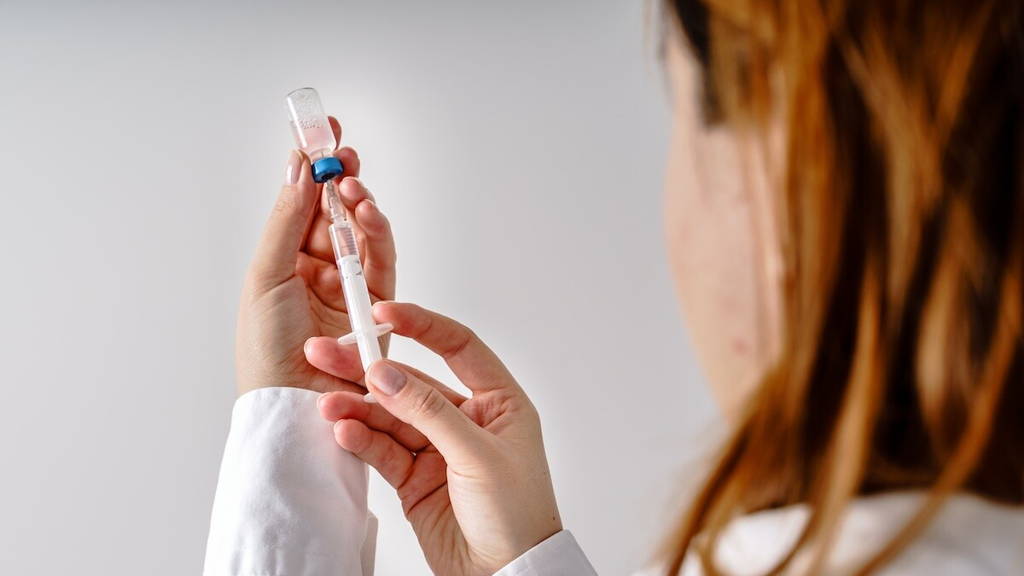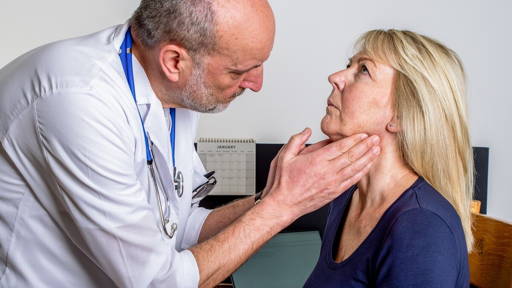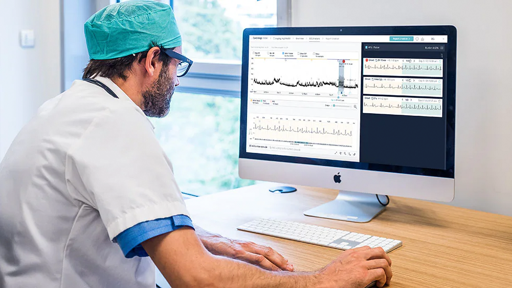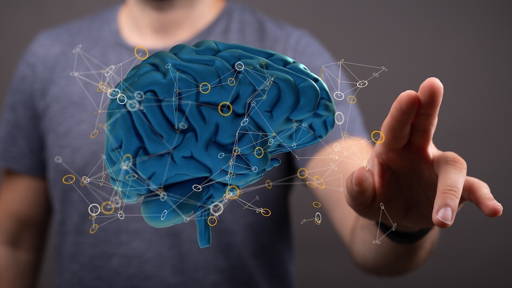Researchers at the Dutch Brain Institute (NIN) have identified new therapeutic targets for Multiple Sclerosis (MS), taking an important step towards regenerative therapies. Whereas current treatments focus mainly on preventing new inflammation, these insights open the door to actually repairing damaged brain tissue.
MS is a chronic autoimmune disease in which the immune system attacks myelin - the protective layer around nerve fibres. This leads to a variety of neurological symptoms. Thanks to a unique and well-characterised donor cohort from the Dutch Brain Bank, researchers, led by Alida Chen, were able to identify genes and signalling pathways associated with natural myelin repair in MS lesions.
Immune cells determining tissue repair
Among other things, the results of the study point to the role of microglia, the immune cells of the central nervous system. Depending on their shape, these cells appear to determine the success of tissue repair. This discovery offers valuable starting points for new treatment strategies aimed at healing rather than just inhibition.
With support from the Start2Cure foundation, researchers are now developing a gene therapy in which repair genes can be targeted to damaged brain tissue using advanced viral vector technology. This approach is currently being investigated further in preclinical models.
Genes and signalling pathways
Researcher Alida Chen analysed brain tissue from deceased MS patients to find genes and signalling pathways that contribute to myelin repair. She compared well and poorly recovered lesions and identified genetic factors that may promote recovery. She also discovered that the shape of microglia, immune cells in the brain, influences this recovery process. These insights provide new leads for the development of regenerative therapies for MS.
‘MS donors have many different types of lesions. These can be classified based on the shape of central nervous system immune cells, better known as microglia, which play a crucial role in tissue repair.This gives an important first indication of where exactly we should look for targets for future treatments, said Alida Chen.
A path to recovery?
No curative therapy or medication yet exists for MS. Available treatments all focus on minimising (and delaying) the effects and damage caused by MS. ‘Thanks to these findings, the prospect of therapies that can actually repair damaged nerve tissue is emerging,’ states neurologist Joost Smolders (Erasmus MC), co-author of the study. The full transcriptomic data is publicly available and could help other researchers worldwide in the development of regenerative treatments for MS. An important step towards future-oriented care for people with this profound condition.
Several years ago, neurologists at Erasmus MC, in collaboration with health economists, developed a computer model to help prescribe the most effective and cost-efficient drugs for multiple sclerosis (MS). That model then showed that the drug ponesimod is not only the cheapest, but also the most effective.







